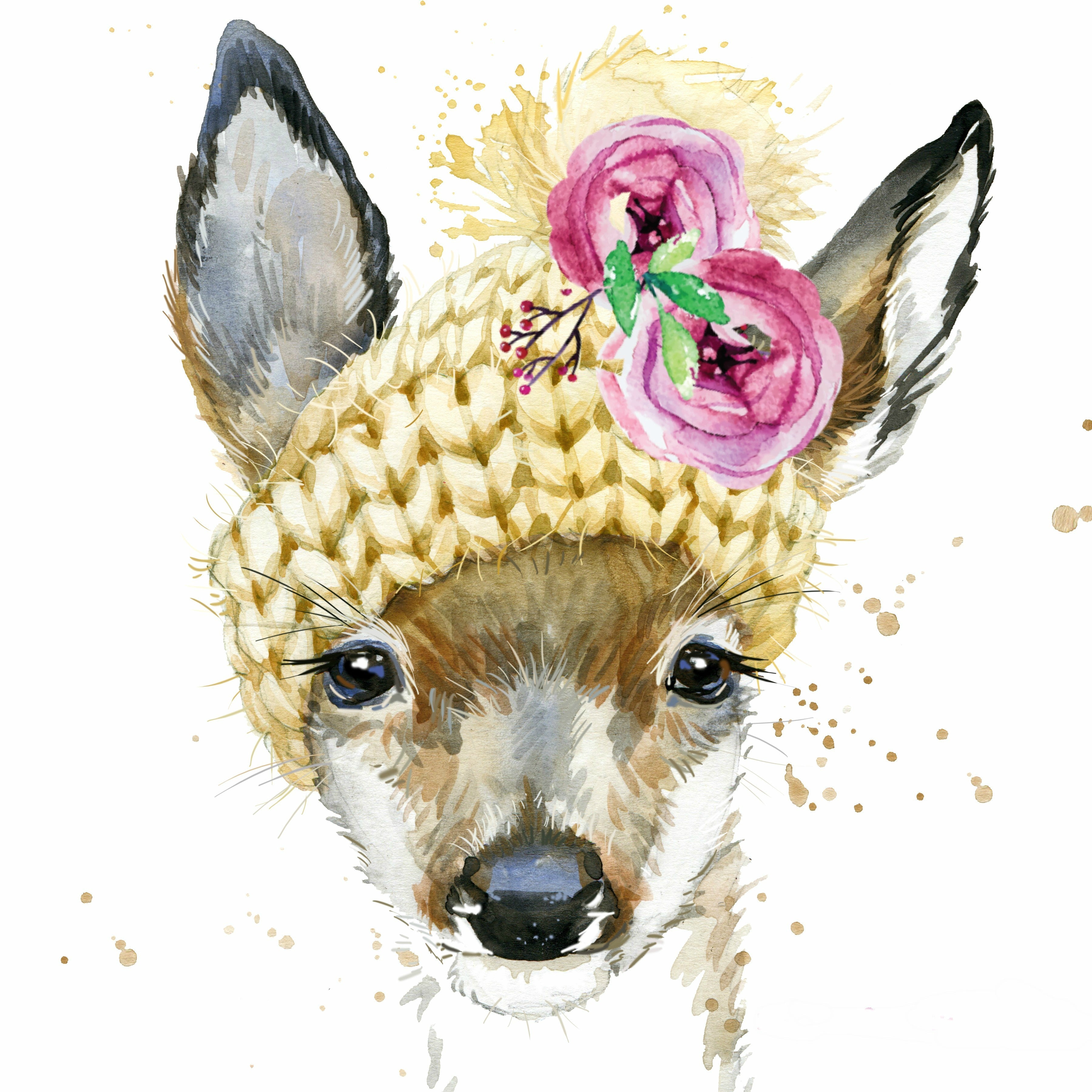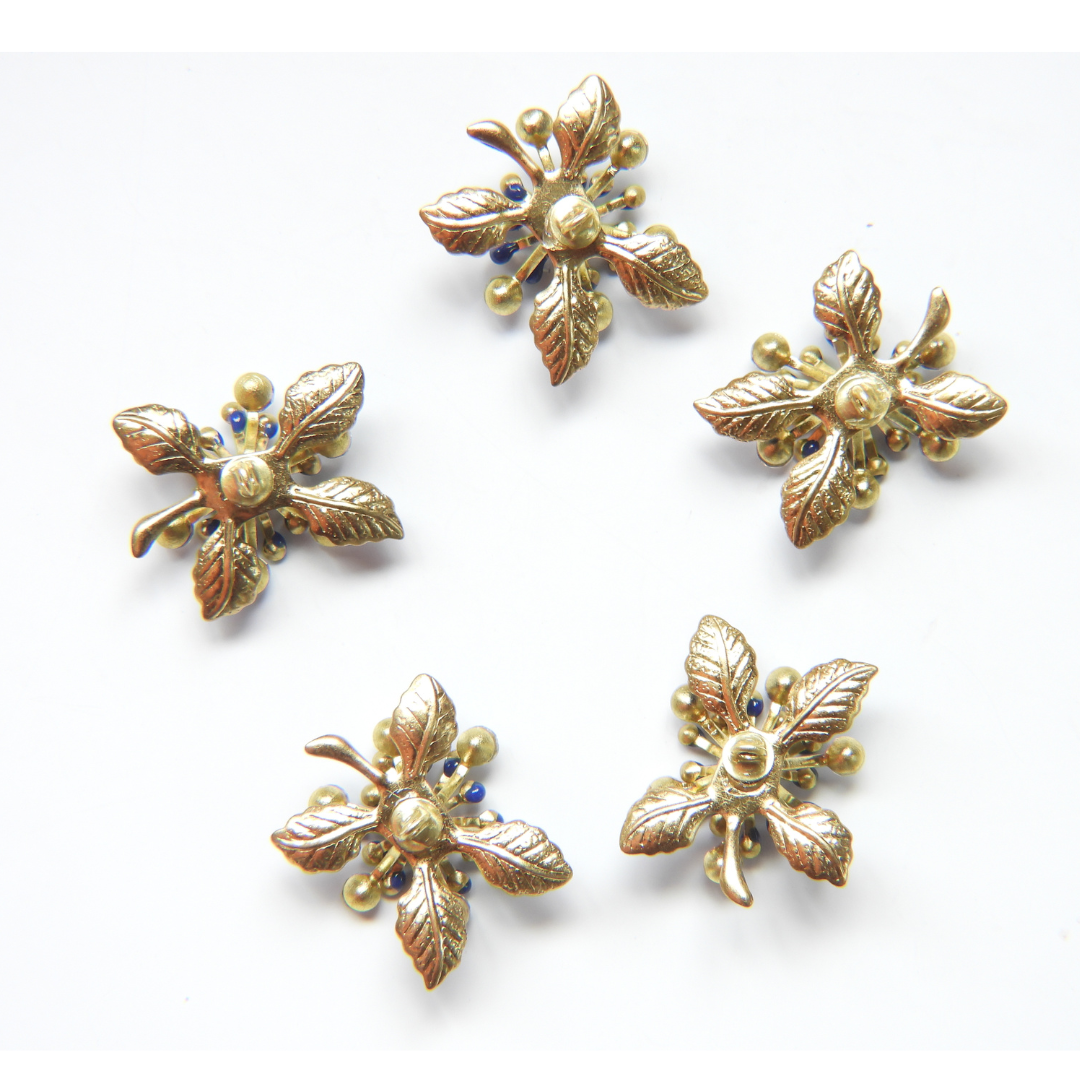What Are Shank Buttons?
Shank buttons are a type of button distinguished by a protruding loop, or shank, on the back. This shank creates a small space between the button and the fabric, allowing for easier buttoning and unbuttoning, as well as reducing wear on the fabric. Unlike flat buttons, which lie flush against the fabric, shank buttons stand out slightly, providing a three-dimensional look.
The Anatomy of a Shank Button
- Button Face: The decorative part visible on the garment.
- Shank: The loop or stem on the back that is used for sewing the button onto the fabric.
Types of Shank Buttons
- Metal Shank Buttons: Often used in jackets and coats for their durability.
- Plastic Shank Buttons: Lightweight and available in various designs and colors.
- Fabric-Covered Shank Buttons: Used in formal wear for a seamless look.
Historical Context
Shank buttons have been around for centuries, often seen in historical garments for their functional and decorative purposes. In the 18th and 19th centuries, shank buttons were commonly made from materials like bone, wood, and metal, showcasing intricate designs that added a touch of elegance to clothing.
Modern-Day Applications
In contemporary fashion, shank buttons are prized for their versatility and aesthetic appeal. They're commonly used in:
- Coats and Jackets: Providing a sturdy closure and decorative element.
- Formal Wear: Adding a polished look to suits and dresses.
- Craft Projects: Offering a unique touch to handmade items like bags and accessories.
Why Designers Prefer Shank Buttons
- Ease of Use: The space created by the shank makes buttoning and unbuttoning smoother.
- Durability: Reduces stress on the fabric, preventing tears and extending the garment's life.
- Aesthetic Appeal: Adds depth and dimension to designs, enhancing the overall look.
Sewing Shank Buttons: Tips and Tricks
Sewing shank buttons can be a bit different from sewing flat buttons. Here are some tips to get it right:
- Choose the Right Needle: Use a strong, sharp needle that can handle the thickness of the shank.
- Secure the Thread: Start with a double thread and knot it securely to ensure the button stays in place.
- Position the Button: Hold the button in place and push the needle through the fabric from the back, threading it through the shank.
- Stitch Securely: Make several passes through the shank, ensuring the button is tightly secured.
- Finish Off: Knot the thread on the back side of the fabric, and cut off any excess.
Choosing the Right Shank Button for Your Project
When selecting shank buttons, consider the following:
- Material: Match the button material to the garment. For instance, use metal shank buttons for heavy coats and plastic ones for lightweight garments.
- Size: Ensure the button size complements the garment’s design and functionality.
- Design: Choose a design that enhances the overall look of the garment. For formal wear, opt for classic designs, while more playful, colorful buttons can be used for casual wear.
FAQs
Q: Can shank buttons be used on any type of fabric? A: Yes, shank buttons can be used on various fabrics, but it's important to choose the right type of button for the fabric's weight and texture.
Q: Are shank buttons more durable than flat buttons? A: Shank buttons can be more durable because they create less stress on the fabric, which can help extend the life of the garment.
Q: How do I know if a shank button is securely sewn? A: A securely sewn shank button should not wobble or feel loose. Make sure to make several passes through the shank with the needle and thread.
For more insights into the fascinating world of fashion and garment construction, keep exploring and experimenting with different elements like shank buttons. Happy sewing!



